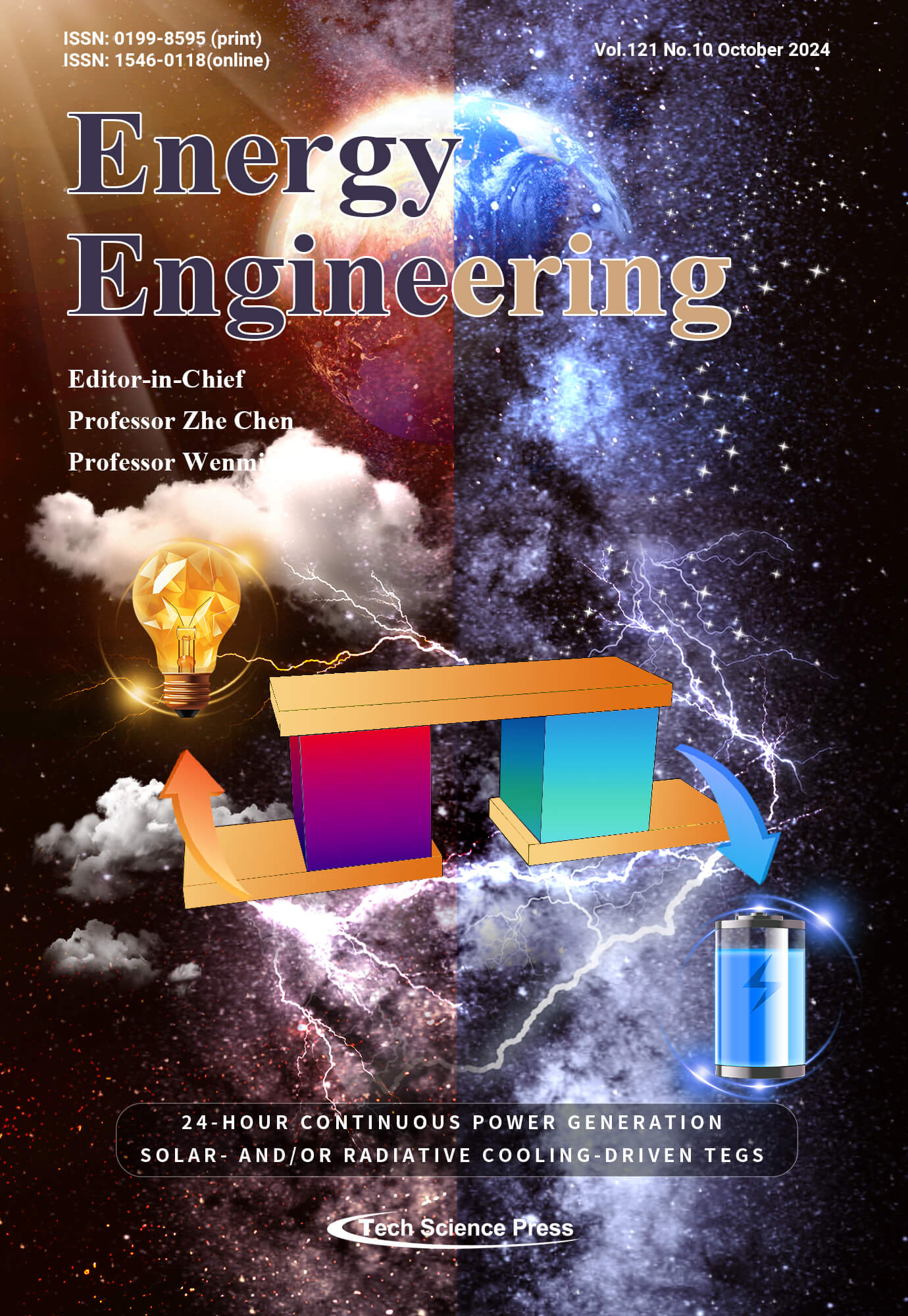
Unveiling sustainable power: harnessing the cutting-edge potential of solar and radiative cooling technologies for innovative energy generation and beyond! Explore a paradigm shift in energy harvesting strategies, paving the way for a greener future. Discover the synergy between solar efficiency and radiative cooling efficacy, revolutionizing energy solutions for tomorrow's world. Delve into the intricacies of thermoelectric generators powered by nature's dual forces, redefining sustainable power generation. Join us on a journey towards cleaner, more efficient energy systems that transcend traditional boundaries.
View this paper